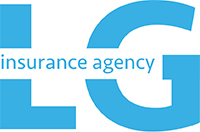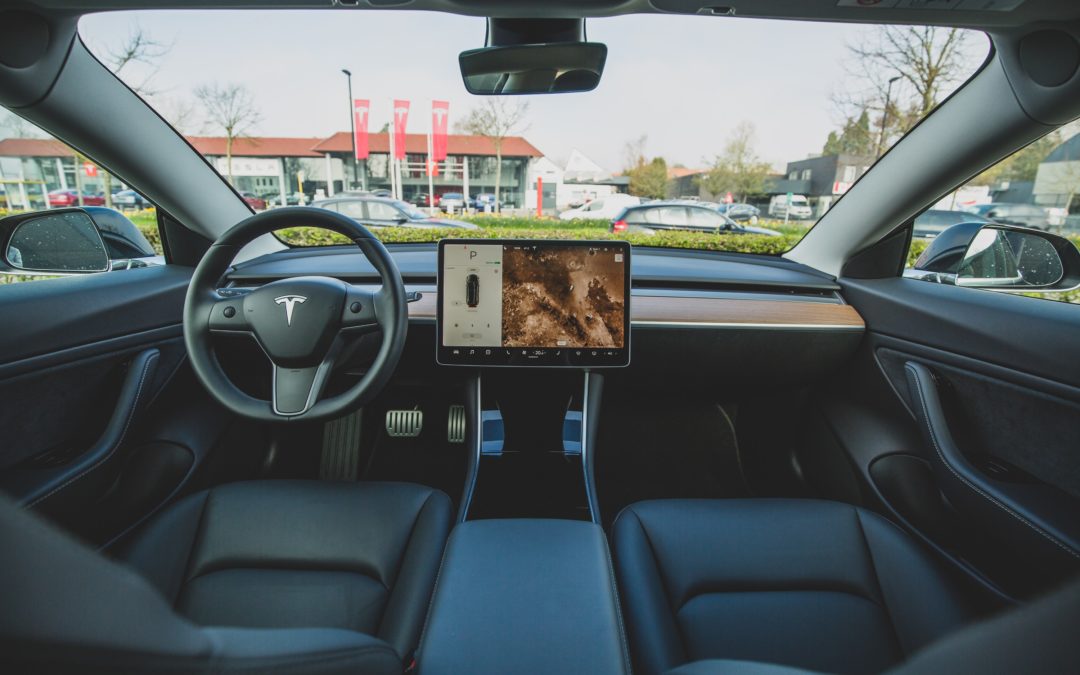The actions needed after a collision involving a human driver are already challenging. But what happens when there isn’t a driver?
The dawn of the automated vehicle has revealed many grey areas for the insurance industry, lawmakers, and owners of autonomous vehicles.
California Incident
A recent collision in California involved a Chevy Bolt hitting a motorcycle while changing lanes. The cyclist filed a lawsuit against the manufacturer, since it was a self-driving vehicle.
This highlights just one of the issues revolving around autonomous driving collisions – who is the responsible party? Is it the driver or the automaker? Considering this is just one of over 30 accidents involving self-driving vehicles since 2014 in California alone, it’s obviously an important question.
Arizona Fatality
In March 2018, a woman was killed by a self-driving car operated by Uber. It was the first recorded case of a pedestrian fatality involving an autonomous vehicle.
The investigation uncovered the software and advanced radar and LiDAR sensors did not “see” the woman. Additionally, the driver was not watching the road moments before the collision.
While the final verdict was the accident was unavoidable as the woman crossed the road in an unsafe manner. Uber was not found criminally liable for the self-driving death.
Added Complexity
Many of the self-driving cars on the road aren’t fully-autonomous, but they are equipped with an Automated Emergency Braking system. It should sense impending danger and brake on its own if the driver does not react quickly.
However, according to the director of the Transportation Program at Princeton University and chair of the Princeton Autonomous Vehicle Engineering (PAVE) research group, the AEB may not kick in until the driver touches the brakes. In other words, the system hasn’t been perfected. Yet more of these vehicles are on the road each year.
Insurance Complexities
Each autonomous vehicle receives a Society of Automotive Engineers (SAE) International has a classification system based on their level of automation. These ratings will impact insurance rates and the products offered.
As an example, the Insurance Information Institute suggests liability coverage needs may change “as manufacturers and suppliers and possibly even municipalities are called upon to take responsibility for what went wrong”. Additionally, each jurisdiction has its own set of rules and regulations for auto insurance.
IHS Automotive also suggests self-driving vehicles create two significant technological risks: cyber security and software reliability. Insurance products will eventually evolve to mitigate these risks.
Advocates of autonomy claim self-driving cars could reduce driver error, which could lower insurance premiums. Nonetheless, it will take years to perfect autonomous car technology.
In the meantime lawmakers and the insurance industry must grapple with the implications. Existing insurance standards and practices can’t fully address the issues, which could lead to lengthy lawsuits and costly claims.
They Are Here To Stay
Despite the problems with autonomous cars, many states are keen to promote them. For instance, Arizona became the proving ground for autonomous cars in 2015. Today, Waymo uses self-driving cars within the state for its ride-hailing app.
To date, twenty-nine states have enacted legislation related to autonomous vehicles. Since the autonomous vehicle industry, legislation, and insurance are in flux, there’s no clear cut answer to who’s responsible in a collision.
It depends on many factors and they could change at any given moment.


